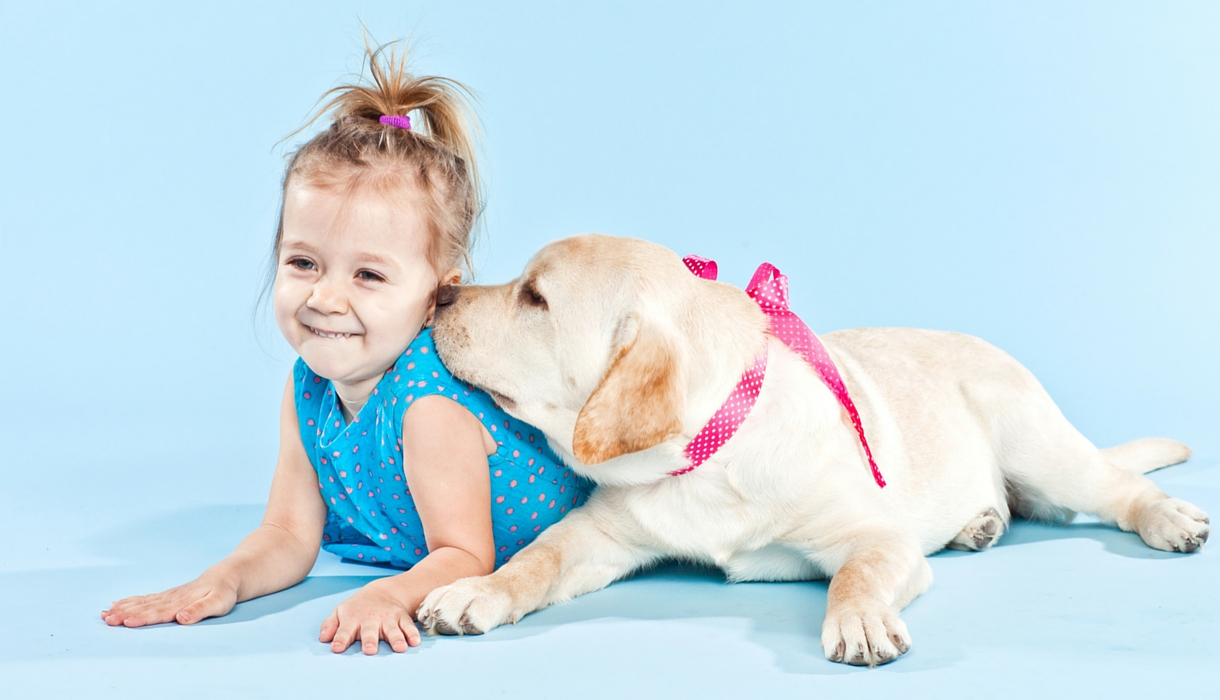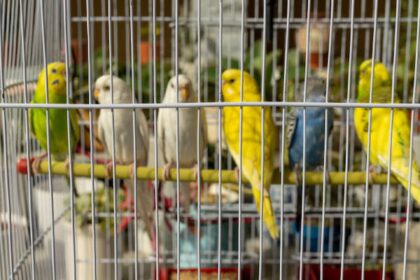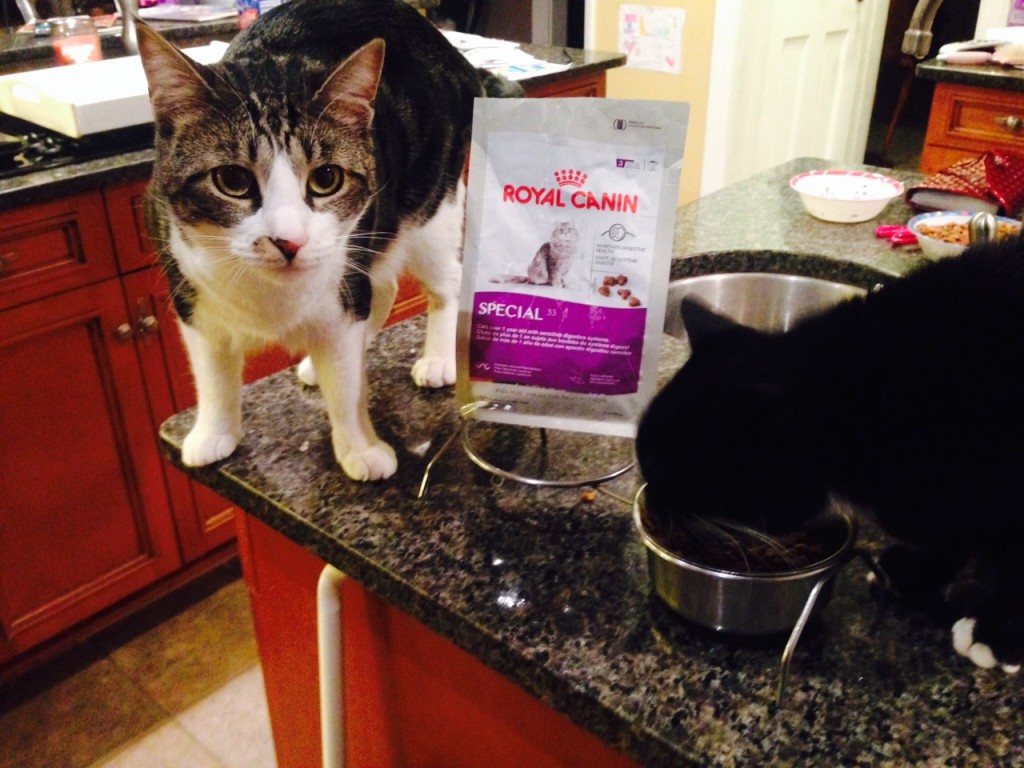If your horse is going through rehabilitation after an injury or experiencing a period of convalescence, it is important to be mindful of the nutrients you provide them with. That is why you must select the horse feed you give them with care, only selecting the highest quality horse food from trusted, well-established providers. If your horse is in need of particular care in this respect, follow this guide and see exactly how you should feed your horse to ensure they recover back to their full potential as quickly as possible.
Horses on Box Rest
If your horse is on box rest in order to recover from injury or illness, it is important that you help them heal as effectively as possible by providing key nutrients. The additional challenge is that not moving as much as they would normally can have an impact on the motility of the digestive tract. The potential consequence is the risk of impaction colic which is compounded by the sudden change to their diet that may have occurred. The type of horse feed used is really important and highly digestible fibre is key to avoiding impactions.
Another consequence of standing still for prolonged periods is a reduction in the efficiency of the lymph system. This system is responsible for removing debris from the body and as it has no pump, is reliant on movement of the limbs and the peristaltic movements of the gut to maintain its efficacy. Feeding plenty of fibre is again key.
As a general rule, feeding a horse on box rest requires a low starch diet which comes from cereals and so changing mixes and cubes for fibre sources is key. Digestive enhancers such as probiotics and prebiotics can help to aid digestion and are another tactic for reducing risk of colic.
Feeding Horses in Pain
If your horse is in pain, the chance of a reduction in their appetite is far more likely. In these situations, concentrated horse feeds such as balancers are one way of supplying essential nutrients in a small volume. Additionally, trying concentrated fibre sources like fibre pellets can potentially help with gut function while oil provides a concentrated source of energy although it is not generally as palatable as carbohydrates to the horse.
If your horse has recently had surgery or is recovering from anaesthesia, grass pellets made into a mash can be used to reintroduce them to horse feed. Following this, chopped forms of highly digestible fibre sources should be given to your horse, avoiding highly lignified fibre sources such as straw for a while. Once they are managing chopped fibre you can then back onto hay or haylage.
How do Digestive Enhancers Work?
There are many products that digestive enhancers and you may find some are already in the horse feed that you use. However, for an optimum effect for the horse in recovery, a supplement usually provides a concentrated level that is likely to be more beneficial.
Digestive enhancers generally include:
Probiotics (meaning For Life)
Probiotics is a term used to describe products that contain live bacteria or live yeast. As live bacteria are not approved for horse feed, probiotics in a horse feed sense is usually in reference to yeast.
Prebiotics
Prebiotics are materials that impact the microbial population of your horse but are not live in the same way probiotics are. They are therefore classified as feed ingredients rather than feed additives.
Live yeast has been shown to improve fibre digestion and so helps horses in poorer condition get more from the fibre they are consuming. Prebiotics have been shown to help regulate acidity in the digestive tract and help reduce the chances of pathogenic bacteria becoming established in the gut.





